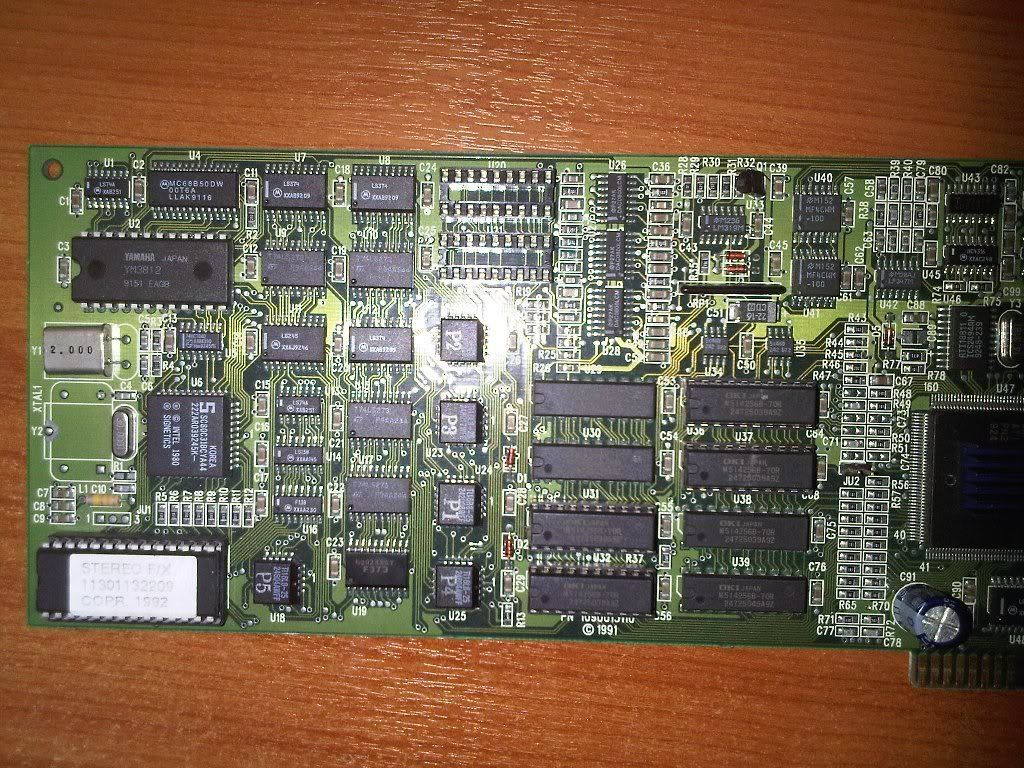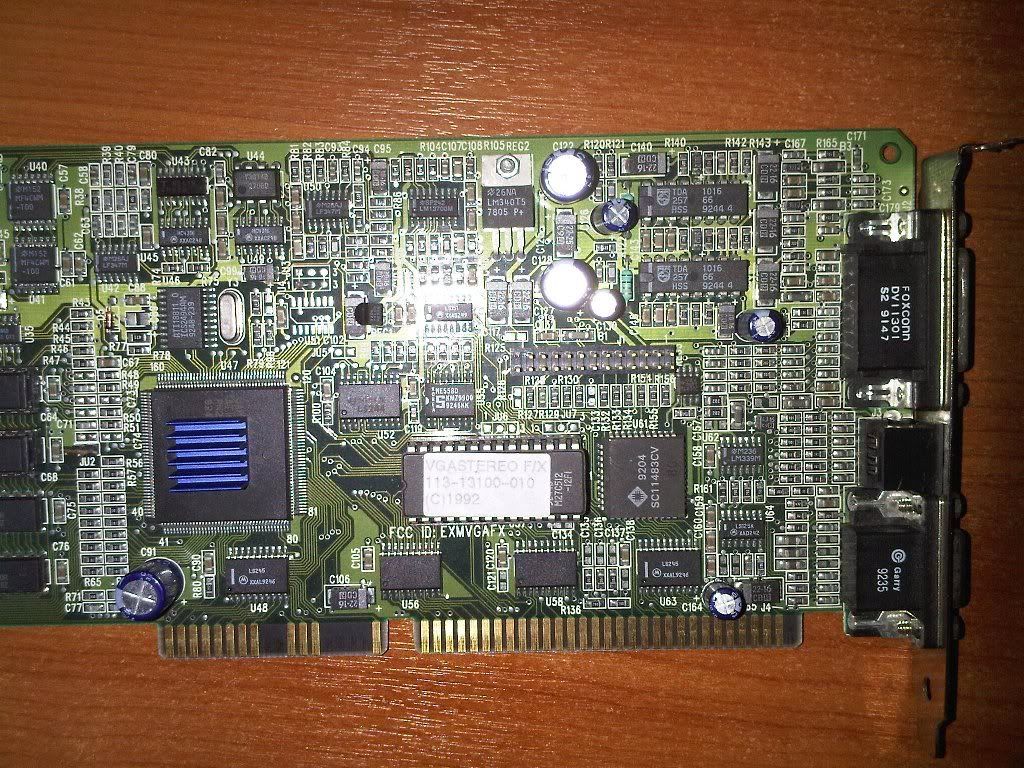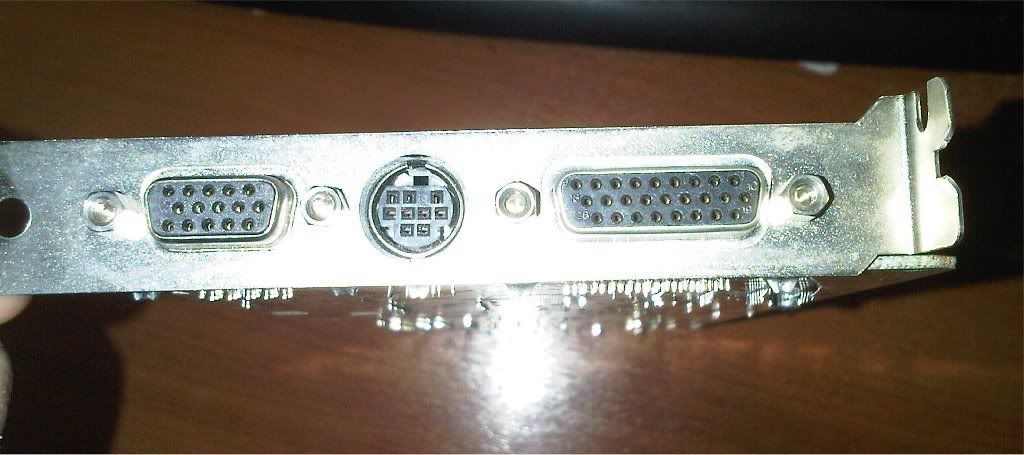First post, by Silent Loon
- Rank
- Member
As I cleaned up my collection of old hardware, I stumbled over some parts I really had forgotten for years. Most of them are strange sound devices, I just acquired because I'd never seen such a card before. So it comes to my mind to post a few pics of my findings, one after another...
But I suggest many members of this forum have some uncommon soundcards, so feel free to post your favorite curiosity!
First one today is a soundcard from Ati - the ati stereo f/x - see picture below - seems to be a Soundblaster clone. It even has the SAA sockets to be Gameblaster compatible.
Has anyone else this card? To be honest, I never tested the card, but I found this article, which says it can simulate stereo when playing soundblaster mono files: http://www.atarimagazines.com/compute/issue15 … _the_future.php

The next one is the Aztech Sound Galaxy NX Pro 16 - "The only soundcard that supports 5 sound standards!" - as it was advertised.
WSS, Adlib and Soundblaster Pro were supported by many consumer cards but this one is also able to emulate a Covox Speech Thing and the Disney Sound Source. Don't ask me how it is done - I remember you had to change some jumper settings - especially the "virtual parallel port jumper".
Aztech produced many similar cards with almost identic names ("Soundgalaxy 16 II"; "Soundgalaxy Pro"..) but afaik only this one has this feature.
It also offers a true opl3 and a wavetable header (who only worked in Win3.1 not in DOS - I suppose due to the lack of a real MPU-401 interface).

PS: I also found the manual. In the introduction you can read:
"So read on and you will soon discover why the Sound Galaxy NX Pro 16 is the only soundcard you will ever need."
And here are the last ones for today - those are also the last soundcards produced under the brand Adlib - the ASB64 4D and the MSC16 pnp (well I think there was also a MSC32). In fact it seems as if it is only the brand name - I've heard somewhere that the name "Adlib" was bought by some german-asian company that continued to produce soundcards under that name for a few years. So you will find no true opl on those cards - instead the chipset is crystal / dream based.
BTW - as you can see I tried to clean the very dusty ASB64 a little bit, but it's still dirty. I used contact cleaner and a cotton bud. Has anyone a better idea to do this without harming the card?

Edit: I found an archived review of the ASB 64 here:
http://www.pcpro.co.uk/reviews/peripherals/2/ … wave-pro-4d-ide



















